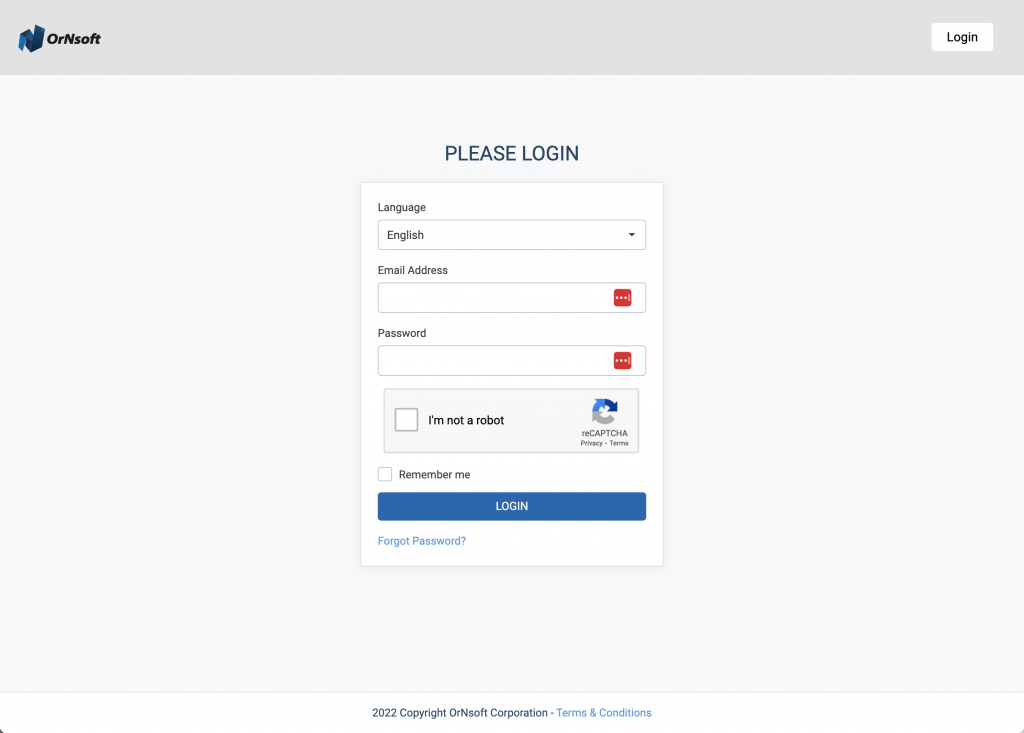Introduction
In the ever-evolving world of technology, the search for more efficient algorithms is a never-ending quest. One such algorithm that has gained significant attention in recent years is Ant Colony Optimization (ACO). This fascinating concept, inspired by the behavior of ants in nature, has found applications in numerous fields, from logistics to artificial intelligence (AI).
What Is Ant Colony Optimization?
Ant Colony Optimization is a probabilistic technique used for solving computational problems that can be reduced to finding good paths through graphs. This algorithm was inspired by the behavior of ants in finding paths from the colony to food. In the natural world, ants initially explore their environment randomly. However, once an ant finds a food source, it leaves a pheromone trail on its way back to the colony. Other ants are attracted to these pheromone trails and are likely to follow them, reinforcing the path with their own pheromone trail. Over time, the path with the most pheromone becomes the preferred route, effectively solving the problem of finding the shortest path. In ACO, artificial ‘ants’ are used to build these paths and find optimal solutions to complex problems.
History of Ant Colony Optimization
The ACO algorithm was first introduced by Marco Dorigo in his Ph.D. thesis in 1992. Since then, it has evolved and diversified into various versions, each with its unique features and applications. The development of this algorithm has brought about a new perspective on problem-solving in the field of computer science and has become a standard tool in the toolbox of modern AI development.
Importance of Ant Colony Optimization
Ant Colony Optimization plays a crucial role in the current tech landscape. Its unique approach to problem-solving has made it an effective tool in areas where traditional algorithms struggle. ACO is particularly effective in optimization problems, where the goal is to find the best solution among a set of potential solutions. These include routing, scheduling, and network problems, where the algorithm’s ability to find the shortest or most efficient path is invaluable.
Practical Applications
ACO has a wide range of practical applications. In logistics, it is used to optimize delivery routes, reducing costs and improving efficiency. In telecommunications, ACO helps in network routing, ensuring data is delivered via the most efficient path. It is also used in AI and machine learning to train neural networks and optimize their performance. Even in bioinformatics, ACO is used to predict protein structures, a task critical to understanding diseases and developing new drugs.
The Role of Ant Colony Optimization in Modern Enterprises
In today’s fast-paced business landscape, efficiency is key. ACO algorithms can help enterprises streamline their operations, reduce costs, and improve decision-making. For instance, in supply chain management, ACO can optimize routes for delivery trucks, saving time and fuel. In data centers, ACO can optimize the routing of data packets, improving network performance. By integrating ACO into their operations, enterprises can harness the power of AI and machine learning to drive innovation and stay ahead of the competition.
Case Study
A notable example of ACO implementation is in the logistics sector by DHL. The company used ACO to optimize their delivery routes, resulting in significant cost savings and improved customer satisfaction. By applying ACO, DHL was able to reduce the total distance traveled by their delivery trucks, leading to lower fuel consumption and reduced carbon emissions. This case study highlights the tangible benefits that ACO can bring to enterprises.
Future Outlook
The future of ACO looks promising. With the ongoing advancements in AI and machine learning, the potential applications of ACO are expanding. As more enterprises recognize the benefits of ACO, its adoption is likely to increase. Furthermore, ongoing research into ACO is likely to yield even more powerful and efficient versions of the algorithm, opening up new possibilities for its application.
Conclusion
Ant Colony Optimization represents a unique approach to problem-solving that has already proven its worth in numerous applications. As AI and machine learning continue to evolve, the potential of ACO is only set to grow. Whether it’s optimizing delivery routes or training neural networks, ACO offers a powerful tool for enterprises looking to harness the power of AI.
Intrigued by the potential of AI for your business? Schedule a free consultation with us here.

